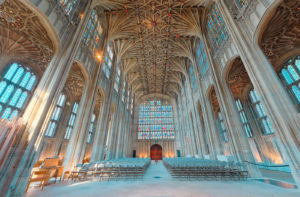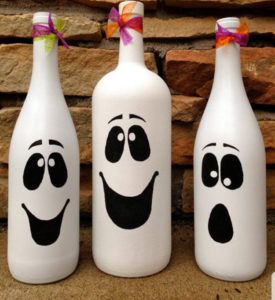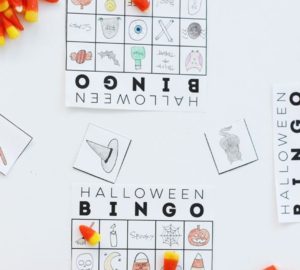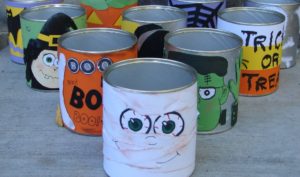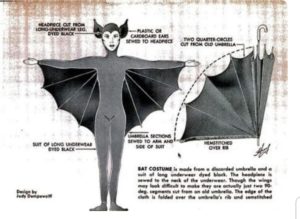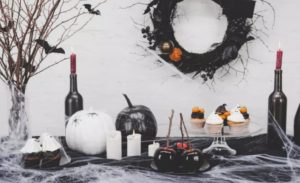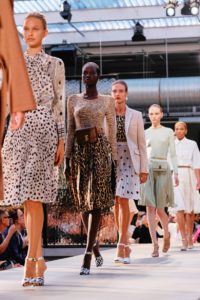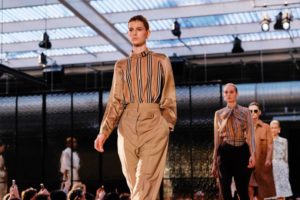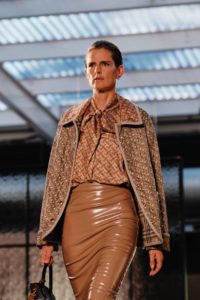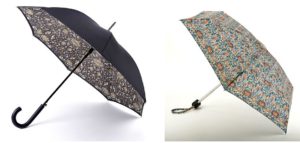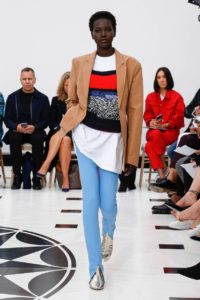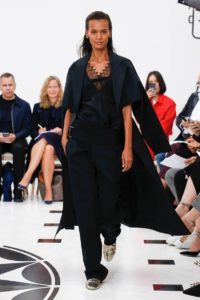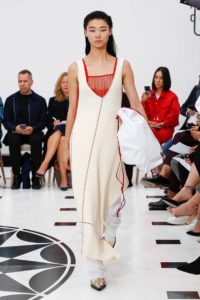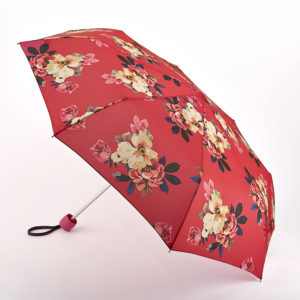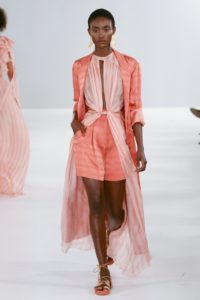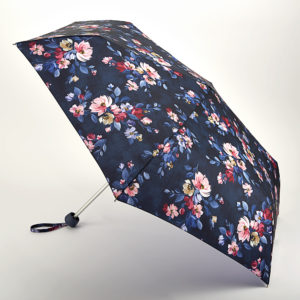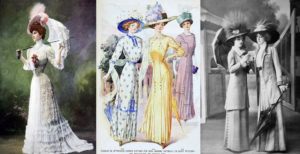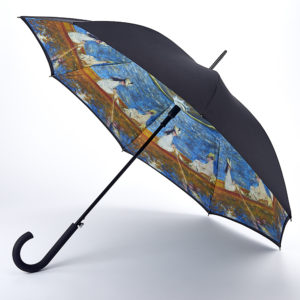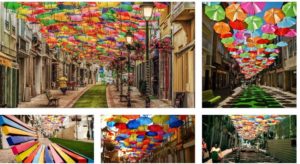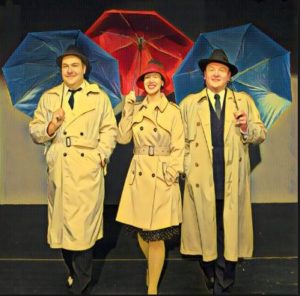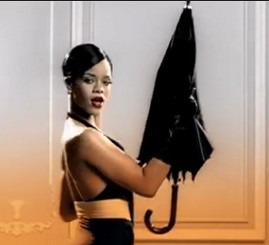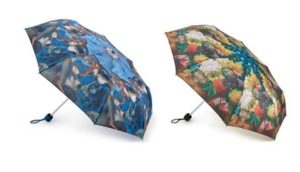It’s no secret that over the centuries, British monarchs have used fashion as a tool of power to influence decisions and to convey diplomatic messages to both their own subjects and people around the world. As a company that holds a Royal Warrant, we thought we’d take the opportunity to discuss some of the most stylish monarchs in history. Find out who made our list below!
Queen Elizabeth II
Ascending to the power in 1952 following the sudden death of her father, Elizabeth II has become the longest reigning monarch in British history at the age of 92. Although fashion trends have notoriously changed since her coronation, The Queen is known to only adopted those that suit her personal style.
As she took to the throne at the young age of 25, her wardrobe has been the most documented for a royal and as a result, has highlighted a great shift in royal fashion throughout her years as sovereign.
During her initial years as Head of State, The Queen didn’t drastically change her style and stuck with the former choice of attire she had as Princess Elizabeth. The monarch identified with popular female fashion during the 1950s and often wore feminine dresses that were cinched at the waist to create a gracious flow with any movement. This type of look was often accompanied with by a pearl necklace, pearl earrings, elbow-length gloves, signature hair-pieces and of course, a petite handbag.
The 1960s found The Queen encounter more formal occasions than usual — with her trip to Malta and President Nixon’s visit to London highly anticipated around the world. Throughout this time, she occasionally wore sleeveless silk dresses which was deemed unusual for someone in such a position, but she intended to remain youthful as Queen and achieved just that. This look slightly changed depending on circumstance though, a fur over-jacket was sometimes paired with the dress if the event was held outside of a royal household. However, both occasions would use an elegant tiara to draw the entire look together.
The Queen was approaching her 50s when she started to adjust her appearance and opt for a more formal look that continued to stun crowds. Depending on the affair, this was the period where The Queen was known to become more adventurous with her gowns. Take the Royal Film Performance of ‘Funny Lady’ in 1975 for example, she wore a pastel pink dress which was embellished with golden and blue features. The Queen’s jewellery became extravagant too and was better coordinated with her chosen attire.
When entering the 80s, we seemingly moved away from pastel hues and women shifted their looks to bright and bold tones, including Queen Elizabeth. You can probably picture Her Majesty on the balcony of Buckingham Palace wearing that iconic blue dress at Prince Charles and Diana’s wedding in 1981. As well as this, when the Queen carried out a state visit to Australia in 1986, she was spotted wearing a padded-shoulder dress in bright yellow that also had black dots. This was accompanied by a patterned scarf, black gloves and a slimline hat – this decade was great for women’s fashion.
The 90s and 2000s have been plain sailing for Queen Elizabeth, and her current style isn’t afraid to be influenced by previous looks. Today, you will see her wrapped up in a colourful coat and a matching hat that has become her signature style – and when the weather permits, you will see her use one of Fulton Umbrella’s birdcage umbrellas.
Queen Victoria
Queen Victoria wasn’t always confident with her fashion decisions, but it’s believed that she paved the way for modern monarch fashion and has influenced many royals today. Reigning from 1837 to 1876, Victoria’s early diary entries suggested that she had a key interest in women’s fashion from a young age.
It’s thought that the monarch used fashion to minimise her husband Prince Albert’s insecurities – as he would always one station below her as Prince Consort. To show her appreciation and love to her husband, she hosted a ‘costume ball’ at Buckingham Palace in 1842 where they dressed as Queen Philippa and King Edward III, allowing him to wear an actual crown.
Victoria was ahead of her time and used fashion to align with the values of the people she met, especially when carrying out her duties across different countries. For example, when she visited Scotland, she wore tartan and when she visited Ireland, her clothing featured shamrocks.
As photography became more mainstream during her sovereignty and her image became more widespread, Victoria used this as an opportunity to show herself as a more relatable public figure. For photoshoots, she often wore clothes that normal woman would wear – such as cotton dresses and bonnets.
However, one of Victoria’s most notable fashion choices was to never wear colour again following her husband’s death and even insisted that her ladies in waiting dressed the same. Images have shown that she tended to wear black dresses, black stockings, handkerchiefs that were embroidered with monograms and a black fan.
King Edward VIII
Recognised as the man who gave up the throne for love, King Edward VIII abdicated from his position in 1936 to marry his American sweetheart, Wallis Simpson after 12 months as sovereign. Just like his decision on giving up the crown, Edward often liked to challenge convention and rebel against the rules that society had set out for him – and this was often reflected in his fashion and lifestyle choices.
The now Duke of Windsor was known for his bold sense of style and had his clothing made with comfort in mind, regularly referring this to ‘dressing soft’. Photographs from the royal collection have shown that Edward was very confident with pattern designs in his suits and fashion experts have claimed that he was able to carry this off due to cutting techniques. This included high jacket waists that were able to create a longer leg look.
Although he spent most of his time in France, Edward was extremely fond of Scottish tweeds and Fair Isle sweaters and had them used for his wardrobe as opposed to modern fabrics that were dominating Europe’s fashion scene. So much so that he continually used the same tailor – Scholte of Savile Row – who designed with the Duke’s personality in mind. Often, his outfits were made with larger pockets to hold his cigarette case and elastic waists, so he didn’t have to wear suspenders. Adding to the modern look, he always preferred a zip fly rather than buttoned.
12 years before his death in 1972, an inventory of his entire wardrobe was taken. It was discovered that Edward owned 15 evening suits, 55 lounge suits and three formal suits.
To accessorise like a monarch, check out our range of premium umbrellas before you go, including men’s, women’s, designer, children’s, and sport styles.


